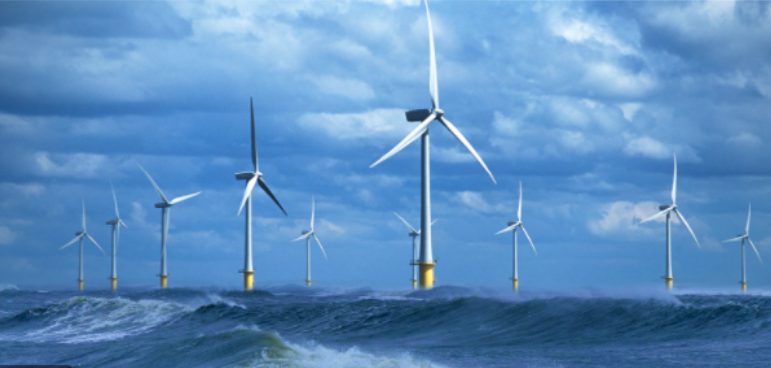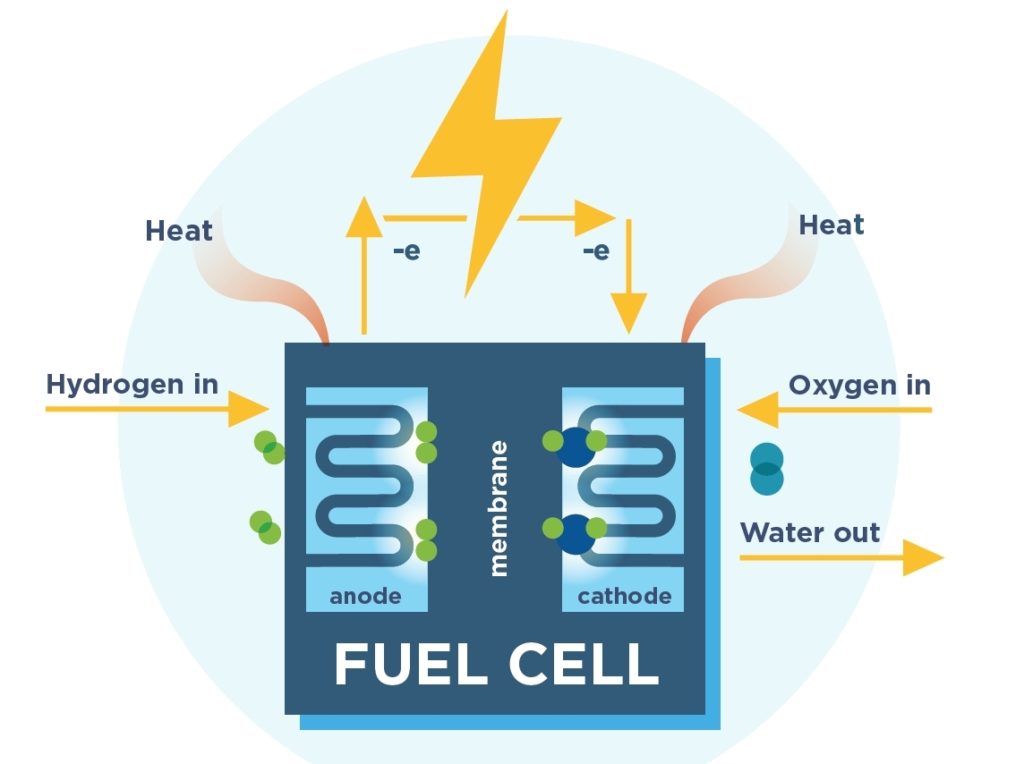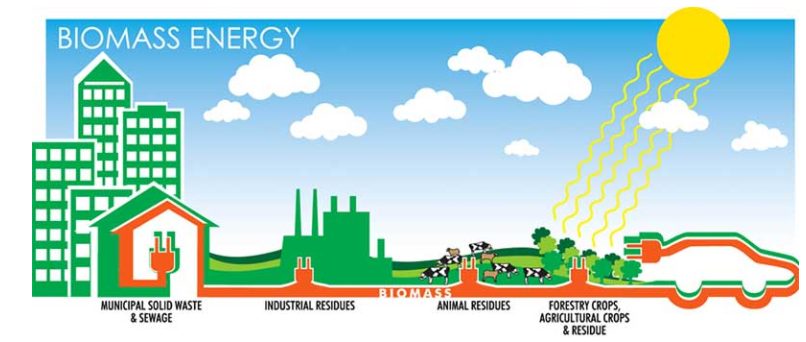Aurora
How Does an Aurora Form? An aurora is a natural phenomenon caused by the interaction between high-energy particles (electrons) and neutral atoms in the Earth’s upper atmosphere. These high-energy particles can excite (by collisions) valence electrons that are bound to the neutral atom. The excited electrons can then return to their initial, lower energy state …









